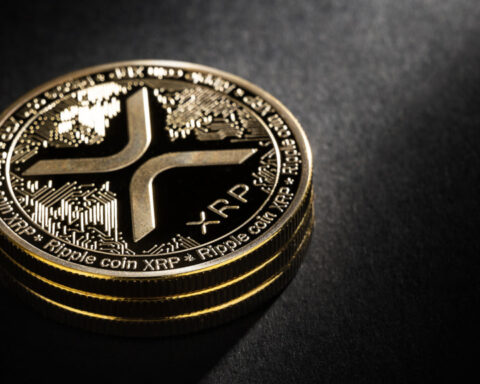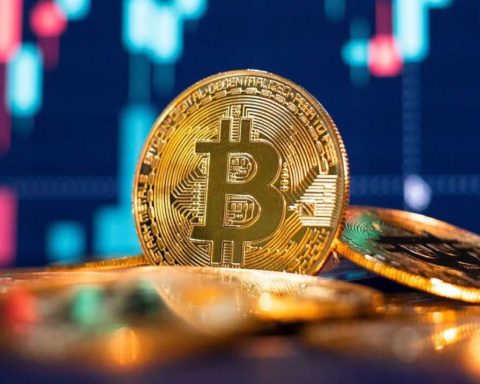Layer-1 blockchain Supra has announced the public testnet debut of two key innovations it believes are critical to fulfill its ambitions of becoming the leading execution hub for cross-chain decentralized finance.
They include AutoFi, a system-level automation engine that’s designed to execute DeFi transactions instantly, without delays, and SupraNova, an interoperability protocol that facilitates trustless communication between L1 networks without relying on risky blockchain bridges.
First announced last month, AutoFi is a novel solution that aims to address some of the biggest challenges in DeFi, such as transaction slippage, front-running attacks by validators and execution delays. The big innovation here is its system-level automation, which makes it possible for smart contracts to execute with zero-block delays. In other words, transactions can be completed instantly, within the same block, the moment the contract’s conditions have been met.
Built natively into the Supra stack, AutoFi represents a significant advance for DeFi. It will allow users to execute sophisticated trading strategies with laser-like precision, ensuring they can capitalize on market opportunities with unprecedented accuracy.
It’s the latest in a string of exciting innovations that set Supra apart from other blockchains. Supra is also the first L1 to feature integrated oracle price feeds and verifiable on-chain randomness, while it’s powered by a Moonshot consensus mechanism that supports up to 500,000 transactions per second with sub-second latency, making it one of the fastest networks in the business.
Streamlined transactions and sustainable economics
Supra believes AutoFi is a game-changer for three reasons. The obvious benefit is increased fairness, as AutoFi eliminates the opportunity for others to manipulate transactions. More broadly speaking, it will also help to enable a new era of artificial intelligence-powered agents that can execute advanced DeFi strategies on behalf of users.
The third major benefit is how AutoFi will help to boost Supra’s blockchain economics, redistributing revenue it generates across its ecosystem in a way that incentivizes growth. Supra’s team explained that 25% of transaction fees will go to the DeFi dApps they originate from, while another 25% is allocated to the node operators for maintaining the network. The other 50% will be redirected to Supra’s treasury, ensuring it will always have funds available to provide liquidity to the ecosystem and support other protocols building on its network.
AutoFi derives its revenue from automation task fees, which are recurring fees charged to users who register automated DeFi actions. In addition, the system features a competitive bidding mechanism, where users can bid for the rights to execute high-value actions such as liquidations.
Supra co-founder and Chief Business Officer Jon Jones likens the system to Google AdSense.
“Instead of just charging for blockspace, we’re monetizing execution priority in real time, opening up entirely new, sustainable revenue models,” he pointed out.
The result will be a self-sustaining and anti-inflationary economic loop, and Supra is so confident in the model that it believes it will be able to wean itself off block rewards within just two years.
Trustless L1-to-L1 Communications
With these capabilities in place, Supra is now turning its attention to cross-chain interoperability. SupraNova will launch its testnet on April 29, and is said to be the first truly bridgeless protocol for cross-chain communications, It eliminates the bridge by recomputing external chains’ consensus mechanisms natively and directly on its L1 network.
When a user attempts a cross-chain transaction on a supported chain, it generates a cryptographic proof of that event and submits it to Supra. SupraNova will then verify this transaction by recomputing the source blockchain’s consensus to ensure its validity, without any need for external validators, relays or multi-sigs. In this way, it ensures full preservation of the source chain’s consensus and the security guarantees it provides.
Surpa Chief Executive Joshua Tobkin said SupraNova allows blockchains to communicate with one another without any of the risks posed by bridges, which have lost billions of dollars over the years due to exploits. “It doesn’t rely on external multi-sigs or wrappers, removing the biggest vulnerabilities in interoperability,” he said.
For now, the public testnet of SurpaNova only supports Ethereum transactions, but will soon expand to include EVM-compatible proof-of-stake networks. It will then move to embrace MoveVM-based networks and ultimately, numerous other L1s and L2s.




